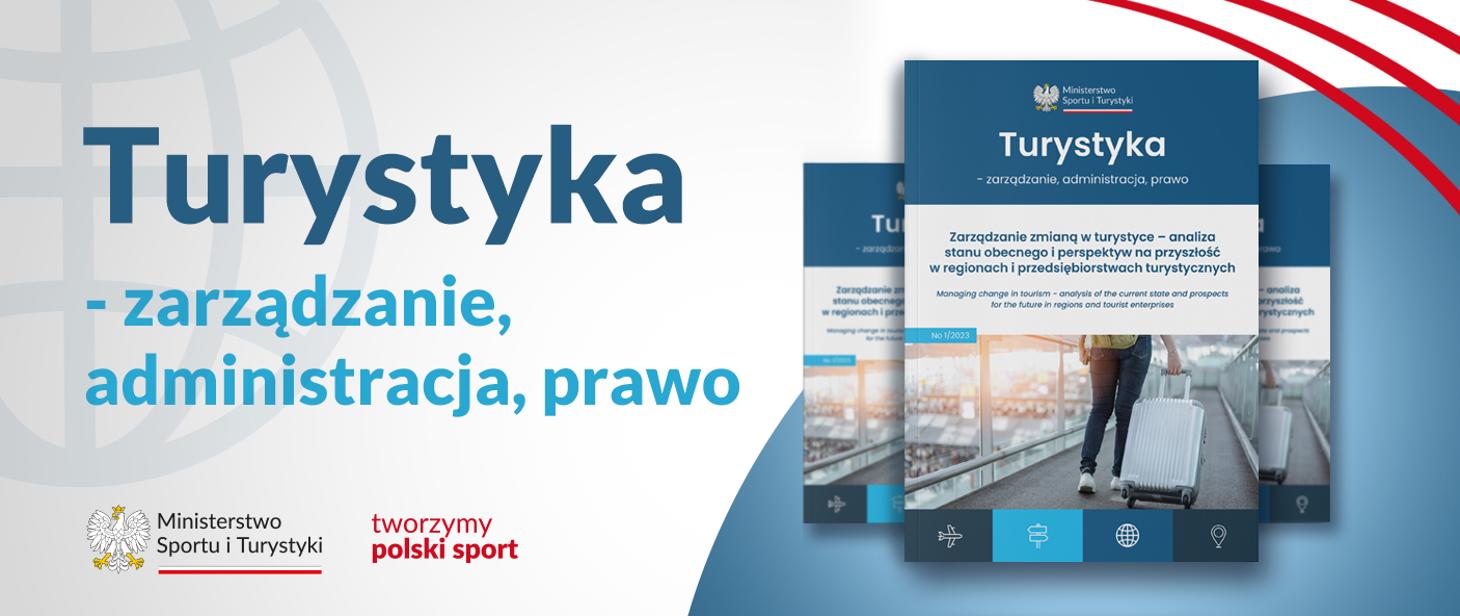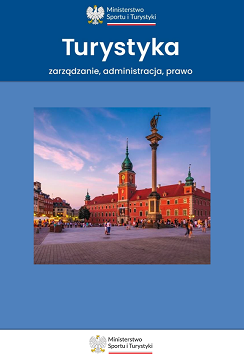The impact of air traffic on tourist movement in Polish regions
DOI:
https://doi.org/10.61016/TZAP-2956-8048-18Keywords:
tourism development, air transport, tourism strategies, Polish regions, JEL: L83, JEL: Z32Abstract
The purpose of this study is to analyze how air traffic influences the development of tourism in Polish regions, particularly in the Lower Silesian Voivodeship, between 2010 and 2023. The study utilizes data from the Central Statistical Office of Poland (GUS) and advanced statistical methods of multivariate analysis, such as Hellwig's measure, Perkal's method, and econometric modeling. The results show a moderate positive correlation (0.48) between air and tourist traffic in 13 regions (excluding voivodeships without airports) in 2023, indicating that higher air traffic generally increases tourist movement, although regional differences exist. In the Lower Silesian Voivodeship, the correlation is significantly stronger (0.93), highlighting the crucial role of air transport in the development of tourism in this region. An econometric model was developed, confirming the positive impact of the number of air passengers on tourist traffic, with a data fit of 87%. The study emphasizes the need to adapt tourism development strategies to the specific characteristics of regions to ensure sustainable development.
Downloads
References
Air Transport Action Group. (2020). Aviation: Benefits beyond borders.
Brugnoli, A., Dal Bianco, A., Martini, G., Scotti, D. (2018). The impact of air transportation on trade flows: A natural experiment on causality applied to Italy. Transportation Research Part A: Policy and Practice, 112, 95-107.
Butler, R. W. (1980). The concept of a tourist area cycle of evolution: Implications for management of resources. The Canadian Geographer, 24(1), 5-12.
Fazlagić, J., Rudnicka, N., (2023), Scientific Papers Of Silesian University Of Technology, Organization And Management Series, Assessing The Development Of Cultural Institutions In Poland – A Multidimensional Comparative Analysis, (184), s. 115-128.
Feltynowski, M., Nowakowska, A. (2009). Metoda oceny potencjału innowacyjnego regionów. W: A. Nowakowska (red.). Zdolności innowacyjne polskich regionów (s. 11-23), Łódź: Wydawnictwo Uniwersytetu Łódzkiego.
Grabiński, T., Wydymus, S., Zeliaś, A. (1989). Metody taksonomii numerycznej w modelowaniu zjawisk społeczno-gospodarczych (s. 27), Warszawa: PWN.
Papatheodorou, A. (2021). A review of research into air transport and tourism: Launching the Annals of Tourism Research Curated Collection on Air Transport and Tourism. Annals of Tourism Research, 87, Article 103151.
Parysek, J.J., Wojtasiewicz, L. (1979), Metody analizy regionalnej i metody planowania regionalnego, Studia - Polska Akademia Nauk. Komitet Przestrzennego Zagospodarowania Kraju (69), Warszawa: PWN.
Pluta, W. (1977). Wielowymiarowa analiza porównawcza w badaniach ekonomicznych (s. 21), Warszawa: PWN.
Port Lotniczy Bydgoszcz S.A. Siatka połączeń. Sezon letni 2025. Pobrano 7 kwietnia 2025 z: https://plb.pl/siatka-polaczen/
Taylor, Z. (2016). Air charter leisure traffic and organised tourism in Poland: Are charters passé? Moravian Geographical Reports, 24(4), 15-25.
Urząd Lotnictwa Cywilnego. Statystyki wg portów lotniczych. Pobrano 7 kwietnia 2025 z: https://www.ulc.gov.pl/pl/statystyki-analizy/statystyki-i-analizy-rynku-transportu-lotniczego/3724-statystyki-wg-portow-lotniczych
Warmia i Mazury Sp. z o.o. Kierunki lotów. Pobrano 7 kwietnia 2025 z: https://mazuryairport.pl/dla-pasazera/loty/kierunki-lotow/



